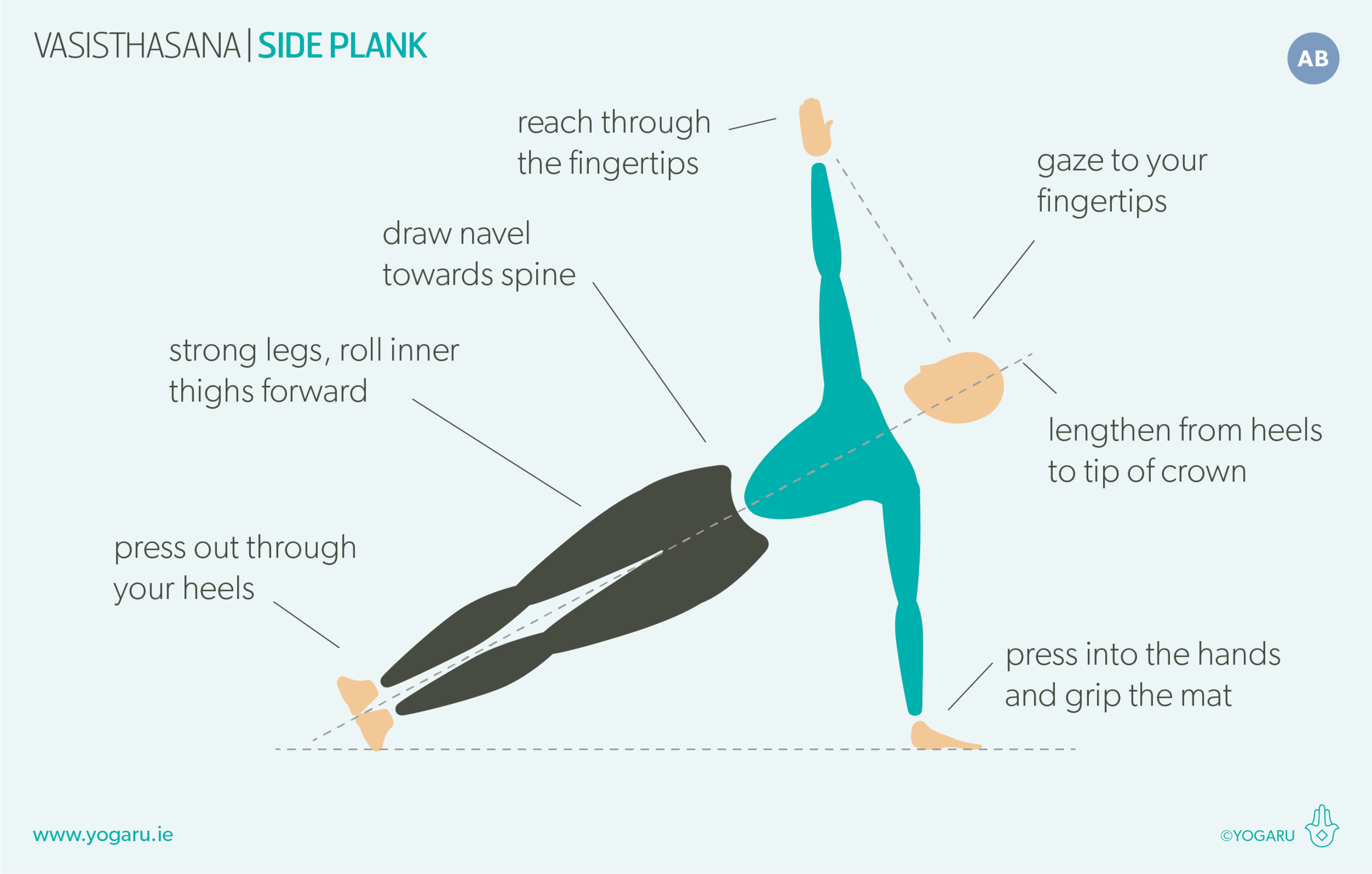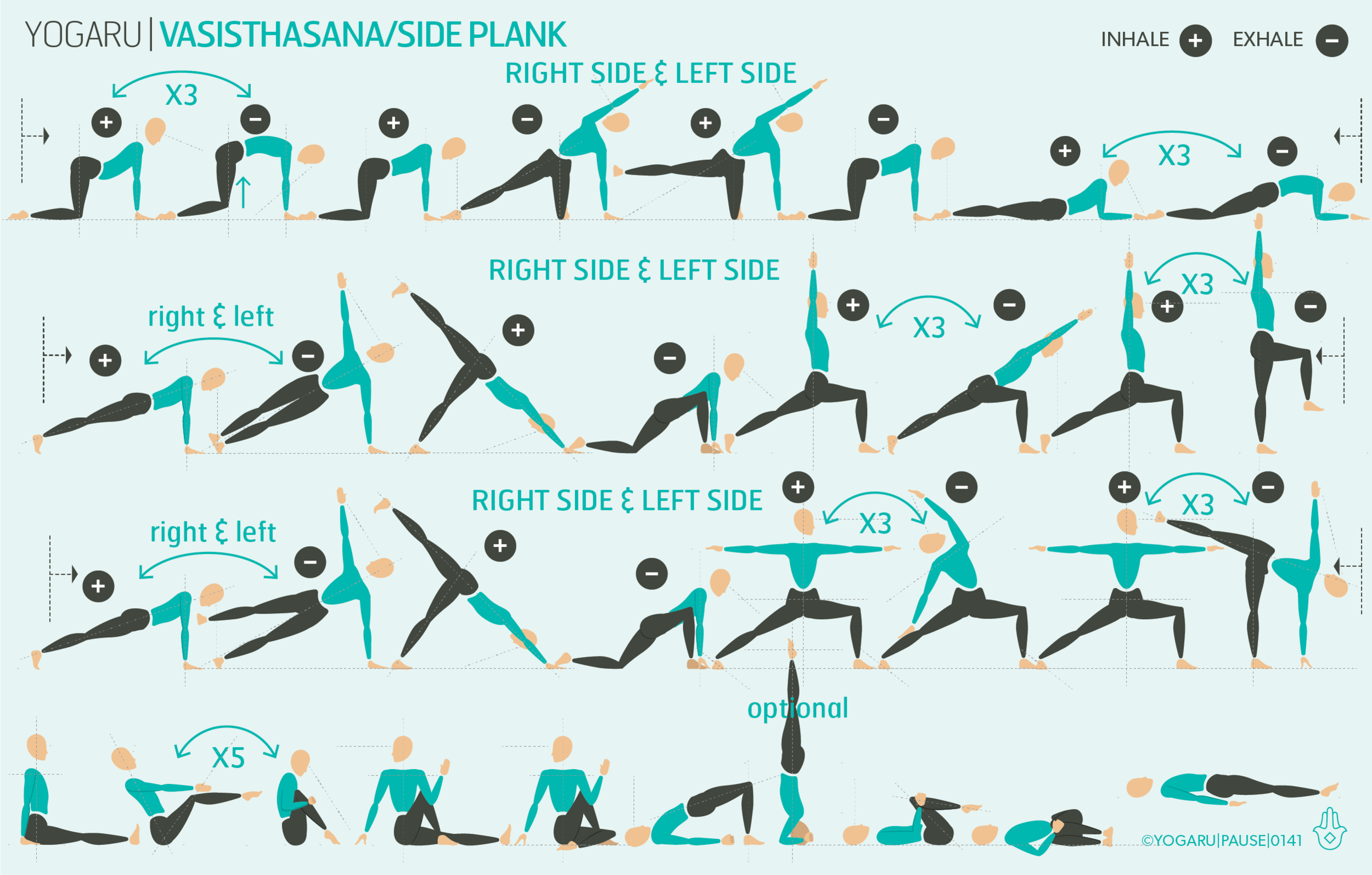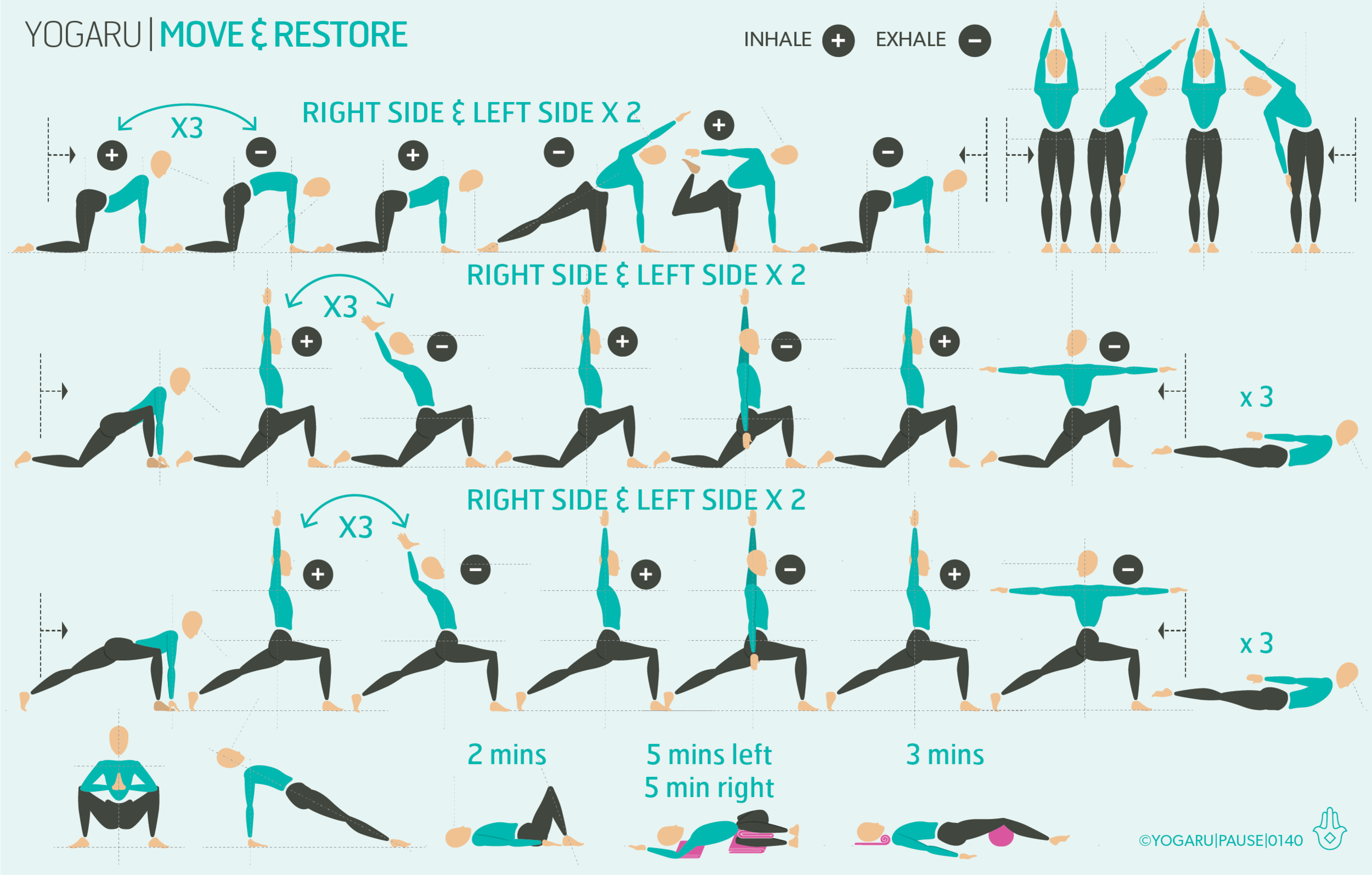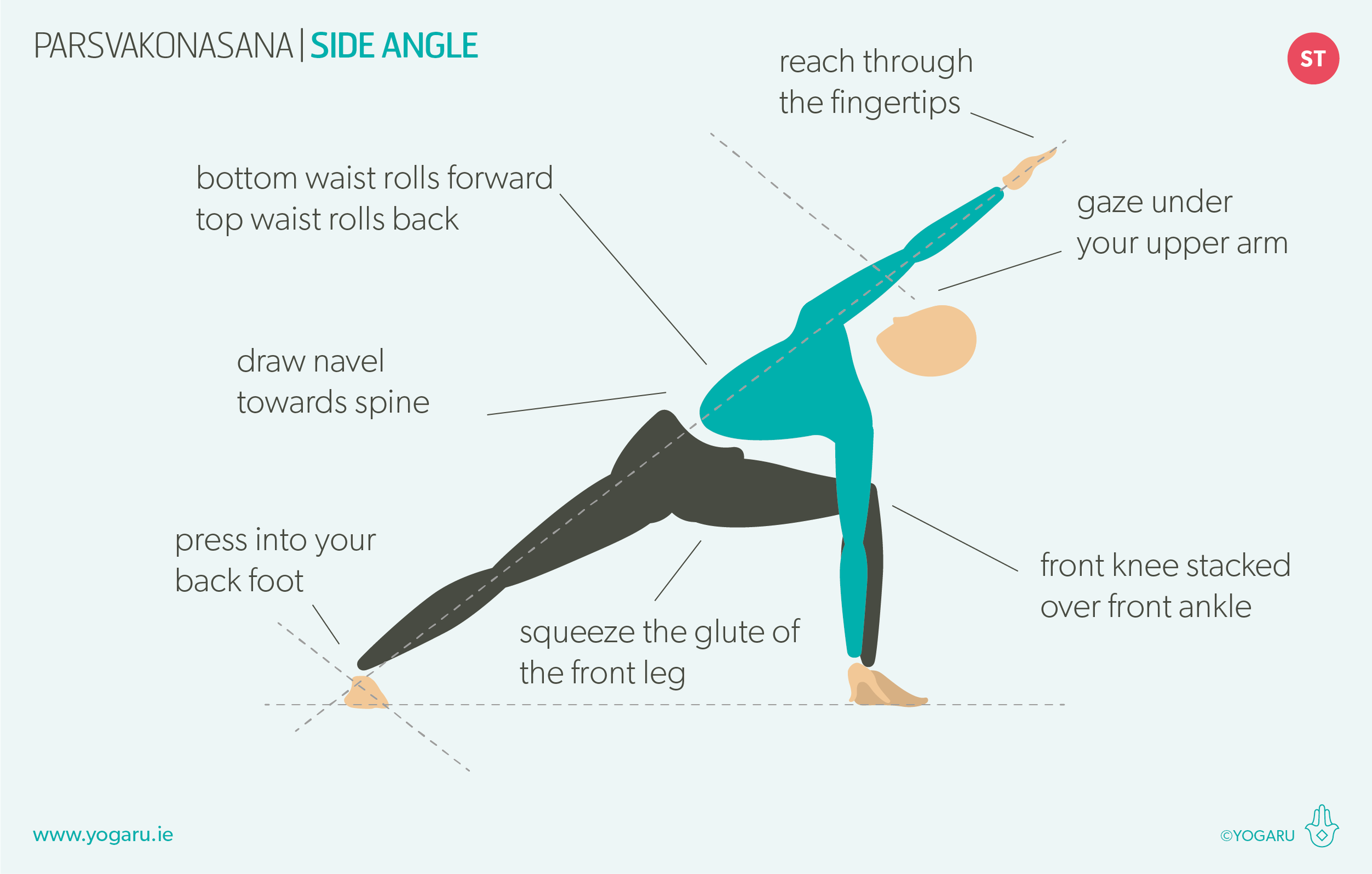‘MOST EXCELLENT’ POSE
Named after the sage Vasitha Vasisthasana/Side Plank is a simple but challenging pose that works the whole body as it works out how to balance on one hand and the outer edge of one foot. It is considered one of the best poses for strengthening the full 360 core, improving posture and building strength in all the muscles that support the spine. The challenge of the pose is in balancing and maintaining a neutral spine against the forces of gravity. When we balance on one hand with the body at a slant it takes great effort and strength to keep the hips perfectly in line with the spine – not lifted too high or low and not tipping the top hip forward or back. It is the perfect pose to understand the principles of proprioception and our awareness of the space we inhabit.
THE BENEFITS OF VASISTHASANA/SIDE PLANK
Vasisthasana/Side Plank strengthens the arms, shoulders, core, spine, legs and glutes. It also gives a lovely opening to the chest. Similar to our last peak pose Parsvakonasana/Side Angle this pose builds awareness of the core being a 360 degree wrapping muscle. The full wrap of the 360 core is working to protect the spine and keep it in a neutral position. The lower obliques are helping to keep the hips lifted against the forces of gravity. The front of the core is helping you from tipping forward and the back of the core is helping from tipping backwards. When they are all working in partnership in the centre of this pose they will help to stabilise the spine and along with the strong legs will take some of the effort out of the bottom arm and shoulder.
EXPLORING VASISTHASANA/SIDE PLANK IN YOUR PRACTICE
Think of Vasisthasana/Side Plank through the lens of Tadasana/Mountain with the arms in a ‘T’ shape. In Tadasana/Mountain we are pressing through the feet, hugging the hips to the midline, lengthening through all sides of the body and broadening through the collarbones. In Vasisthasana/Side Plank we are following these exact blueprints and adding an extra level of lifting the hips against gravity with the strength of the core.
The sequence builds to full Vasisthasana/Side Plank from the ground up to allow your wrist and arm to warm up before the peak pose. The warm up flow starts to build heat and strength in the arms, core and legs. Use the breath guide to help you link breath with movement as you flow.
In Vasisthasana/Side Plank press strongly through the soles of your feet and extend through the tip of your crown. Glance down to check your hips are stacked and haven’t tipped forward or back. Press into your supporting hand, grip your mat and lengthen the space between your shoulder joint and your neck. See can you find lightness and space in the shoulder joint and a sense of the shoulder blade containing the effort of the pose within the joint.
If Vasisthasana/Side Plank is not part of your practice, take a modified version of the pose with the bottom knee on the ground as illustrated in the first line of the sequence after the cat/cow flow.
ALIGNMENT CUES
In this sequence there are three main standing flows starting with the peak pose of Vasisthasana/Side Plank. Flow through the poses within the married lines on the right side first and then the full mini flow on the left side. You can extend your practice by running through these two standing flows for two full rounds of each side. If you want to try a few different versions of Vasisthasana/Side Plank have a look at my Instagram post.
Have a read of the tips below and either print out the sequence or save it onto your device:
From Phalakasana with feet together, roll onto the little toe side of your right foot, stack your feet together, legs straight.
Place your right hand slightly forward of your right shoulder, shoulders stacked, place your left hand on your hip, hips stacked, draw your navel towards your spine.
Lift your hips up, press out through your heels, lengthen from your heels through your spine to the tip of the crown in a diagonal line.
Reach your left arm up high, palm facing left, gaze forward or to your extended hand.
To save the images for personal use click and hold down the image until the ‘save image’ option appears; on Mac hold down ‘control’ and click the image to get the option box; on PC right click on the image to get the option box. Scroll down in the ‘option box’ and click ‘save image’.
Ruth Delahunty Yogaru






